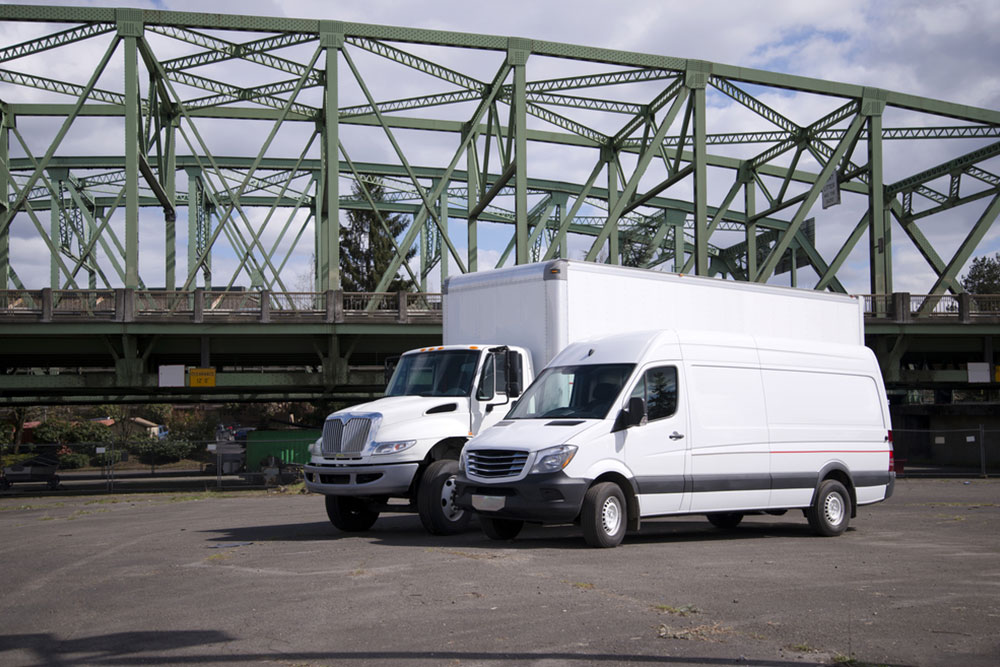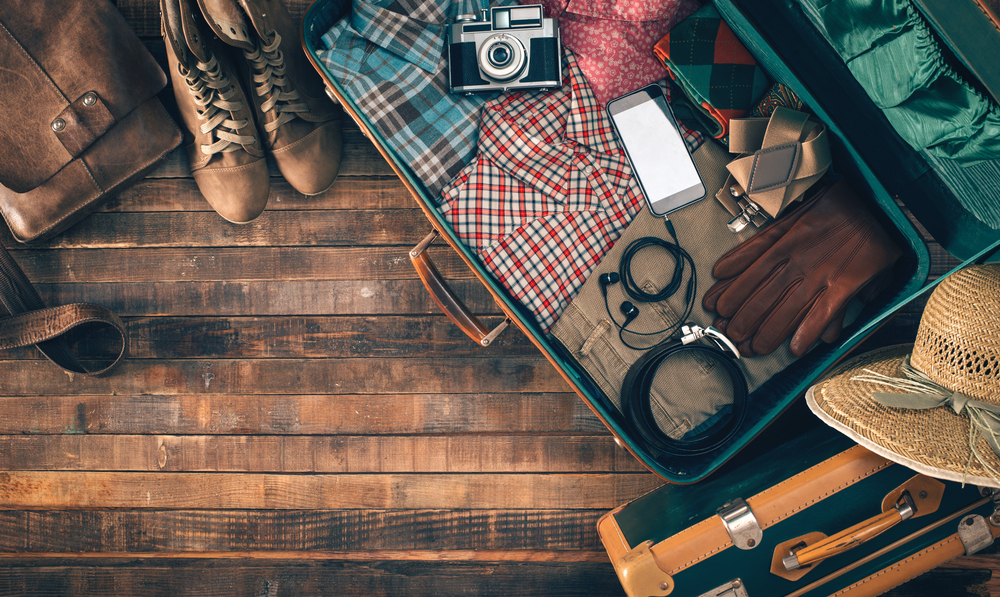Comprehensive Guide to Cross-Country Moving Packing Techniques with U-Haul
Planning a long-distance move? Discover comprehensive packing strategies with U-Haul to make your cross-country relocation smooth and stress-free. From gathering supplies to packing each room efficiently, this guide offers expert tips for a successful move. Proper packing not only protects your belongings but also simplifies unpacking, saving time and effort. Whether you're packing fragile electronics, bulky furniture, or kitchen essentials, these proven techniques will help you organize your move better and ensure everything arrives safely at your new home. Make your next move hassle-free with these essential packing tips.

Proven Packing Strategies for Long-Distance Relocations Using U-Haul
Gathering Packing Supplies
Before you start packing, assemble all necessary supplies. High-quality, durable boxes in various sizes are vital for accommodating different types of items. Large boxes are perfect for bedding, linens, and lightweight items, while smaller boxes are suitable for heavy or fragile objects. Additional essential supplies include packing tape to secure boxes, wardrobe boxes for hanging clothes, and foam or bubble wrap to protect delicate items. Wardrobe boxes help preserve your clothing on hangers, minimizing wrinkles and simplifying unpacking. Mattress covers and moving blankets are also critical for safeguarding large items like mattresses and furniture. Stretch wrap is invaluable for securing furniture and appliances. For kitchen items, dish and glass kits help prevent breakage, while a sturdy box cutter facilitates quick, safe opening and packing. A dolly or hand truck can assist in transporting heavy boxes and furniture, reducing physical strain.
Bedroom Packing: Tips for a Smooth Transition
In the bedroom, use large boxes for storing linens, blankets, and pillows—these items are bulky but lightweight. Disassemble bed frames and headboards to make them easier to transport and prevent damage. Wardrobe boxes are ideal for hanging clothes, allowing you to move your clothing as-is, and save time on unpacking. Small sandwich bags can be used to organize jewelry, cufflinks, or small accessories, preventing tangling and loss. Protect your flat-screen TVs by wrapping them securely with foam or specialized TV protectors, and clearly mark the front side to avoid mishandling. Handling fragile décor or glass items carefully is paramount; always use bubble wrap and packing paper to cushion delicate surfaces. Properly labeling each box with its contents and room destination significantly speeds up unpacking.
Kitchen Packing: Safeguarding Perishables and Appliances
Kitchens require careful planning, especially regarding perishables. If your move spans several days, cease purchasing perishable foods at least a week beforehand. To pack dishes, utensils, and glassware, use dish protectors, dish cells, or dividers, and wrap each item individually with bubble wrap or packing paper. Large appliances like refrigerators and ovens may need to be emptied, unplugged, and secured with tape to prevent damage during transit. Disassemble larger items such as dining tables and chairs, and wrap parts securely in moving blankets or stretch wrap. Pantry items like spices, dry goods, and canned foods should be packed in sturdy boxes with dividers to prevent shifting and spillage. Label boxes containing fragile items clearly and handle them with care. For heavy appliances, use furniture pads and a dolly to transport safely, minimizing the risk of injury or damage.
Living Room Packing: Organizing Entertainment and Large Furniture
The living room typically contains a variety of items, from electronics to furniture. Pack small items such as movies, books, and games into small boxes for easy handling. Disassemble furniture pieces such as coffee tables or shelves, and wrap the parts with moving pads or blankets for protection. Rugs can be secured with stretch wrap to prevent unraveling or shifting during transit. Heavy furniture, like sofas or entertainment centers, should be moved with the help of a dolly to ensure stability and safety. Label all boxes clearly with the contents and destination room, facilitating a smoother unpacking process. If you have fragile or expensive electronics, consider wrapping them thoroughly with bubble wrap and storing them in sturdy boxes. Keeping clutter to a minimum prior to packing helps streamline the process and saves time during loading and unloading.
Garage Packing: Decluttering and Safety Precautions
The garage often contains tools, equipment, and miscellaneous items accumulated over years. Start by decluttering—donate, sell, or discard items you no longer need to reduce packing volume. Keep tools organized in their designated toolbox, or individually wrap sharp or potentially hazardous items with padding to prevent injuries. Drain fluids from power tools and lawn equipment before packing to avoid leaks. Wrap sharp or pointed tools securely with padding or foam to prevent injury during transport. Large power tools or equipment are best secured with moving blankets and strapped to pallets or pallets with straps for stability. Be sure to label boxes clearly, especially when containing potentially hazardous items or liquids. Proper packing not only protects your belongings but also enhances safety by preventing accidental injuries during the move. Effective organization before moving day minimizes chaos and ensures everything arrives and is unpacked in original condition.
By following these detailed packing strategies, your cross-country move with U-Haul will become a more manageable and less stressful experience. Planning ahead, gathering the right supplies, and organizing your items thoughtfully can save you tremendous time and effort, making your new residence welcoming from day one. No matter the size or complexity of your move, these expert tips are designed to help you pack efficiently, safely, and effectively, ensuring everything reaches your new home intact and ready to settle in.





